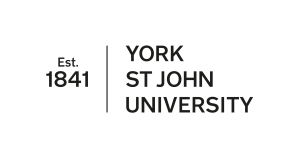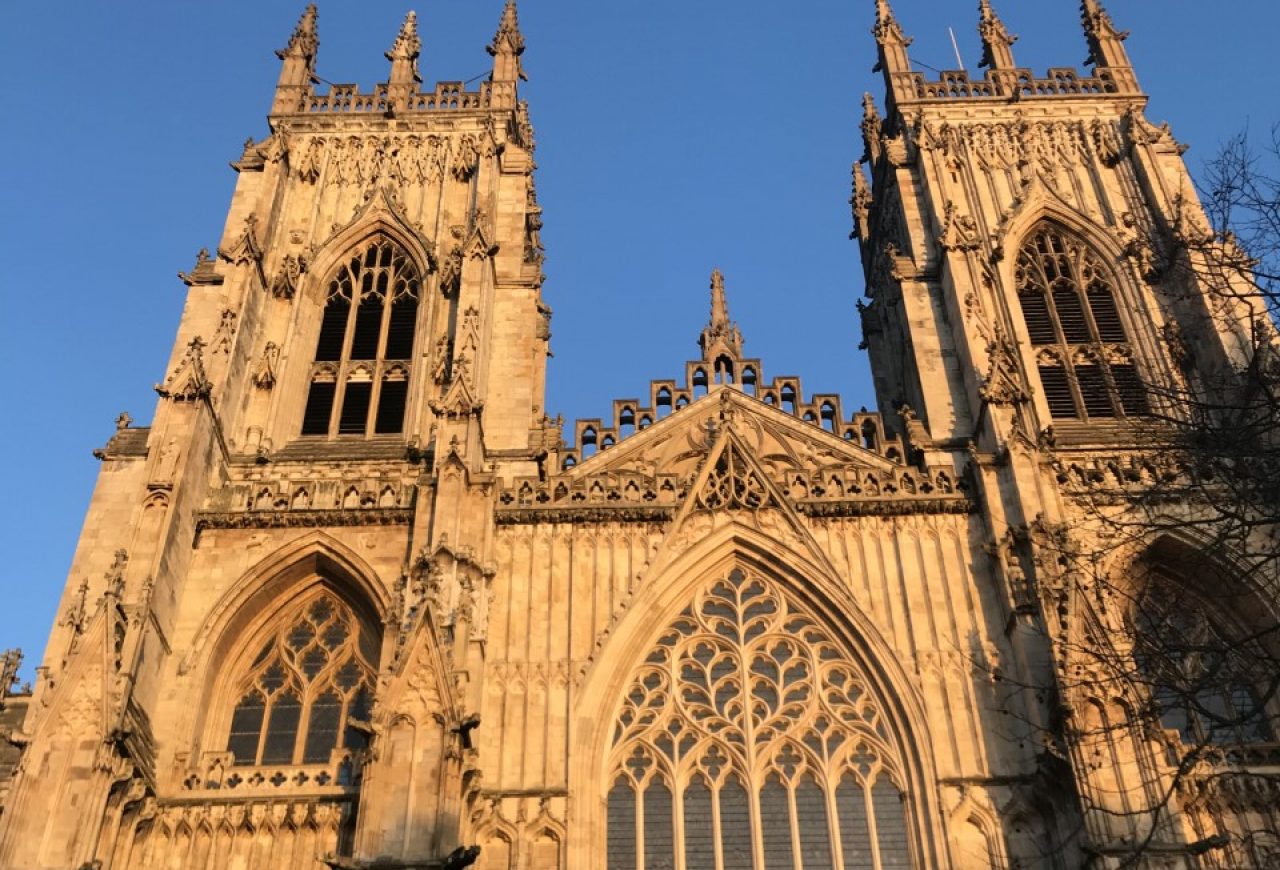Continuing with reflections on work placement and research experiences during our HCC module, Sian Ayre discusses her time working with Carl Shilleto’s Fallen Heroes of Normandy project, and what it’s taught her about working in public history, as well as the historical subjects themselves.
My time working as a student volunteer for the Fallen Heroes of Normandy Exhibition has been nothing short of both enlightening and engaging. Having the opportunity to help to preserve some personal and essential artefacts of World War II history has really opened my eyes to the world of freelance historians and their exhibition work. From successfully submitting my application and starting the process of meeting the other volunteers, exhibition co-ordinator and project manager, it was a great opportunity to meet like-minded people with a passion for history and wanting to gain experience for their future careers in the field.
One of the first contributions that the students made to this project was the opportunity of moving, preserving and setting up the exhibition on the York St John University Campus at the Chapel. With our gloves at hand and our interest in learning the stories of the personal artefacts that were on display in the cabinets, our exhibition coordinator divulged his immense understanding and knowledge of the origins of the photo-frames, shaving kits, helmets and war equipment that we were handling. It was a great experience on seeing the delicate nature of handling historical artefacts and how much time and effort it takes to orchestrate an exhibition. Once we managed to get all the artefacts over to the Chapel, we had the experience to help set up the display cabinets, information panels and lights throughout the whole exhibition.
What was most beneficial about this experience was that we began to understand the commitment, prior planning and time management side of orchestrating an exhibition. With the advice and guidance of the leadership team, the students were able to ask questions about pursuing their own careers in history and what the future looks like for freelance historians who are starting their own funded projects. It was valuable for the students to understand the ultimate process of setting up a public exhibition: from the planning and research into the individual artefacts, to the displaying of the pieces, to planning the times we would all meet up to plan our next moves before opening night of the exhibition.
Another way that this exhibition work placement has been so insightful is how much work you do with the general public as a historian. The opening night of the exhibition was fascinating because it was an opportunity for the specially invited guests to meet with all of the team that had helped to put the exhibition together and ask us about our aspirations for the future. From speaking to the Lord Mayor and Mayoress of York about the amazing stories behind the artefacts they were asking about, the students were able to share their enthusiasm and passion for the project.
One part of the experience that has been the most memorable is meeting the veterans and hearing about their careers. All of the veterans that we had the opportunity to speak to were so pleased and grateful that their service and that of their fallen comrades had been remembered throughout our exhibition in such as respectful way and overall, it was an honour to meet them. I would encourage anyone who is hoping to work in history and exhibition work to take on these work experiences to gain insider knowledge and experience. It has really helped me to pursue my passion for the subject.


